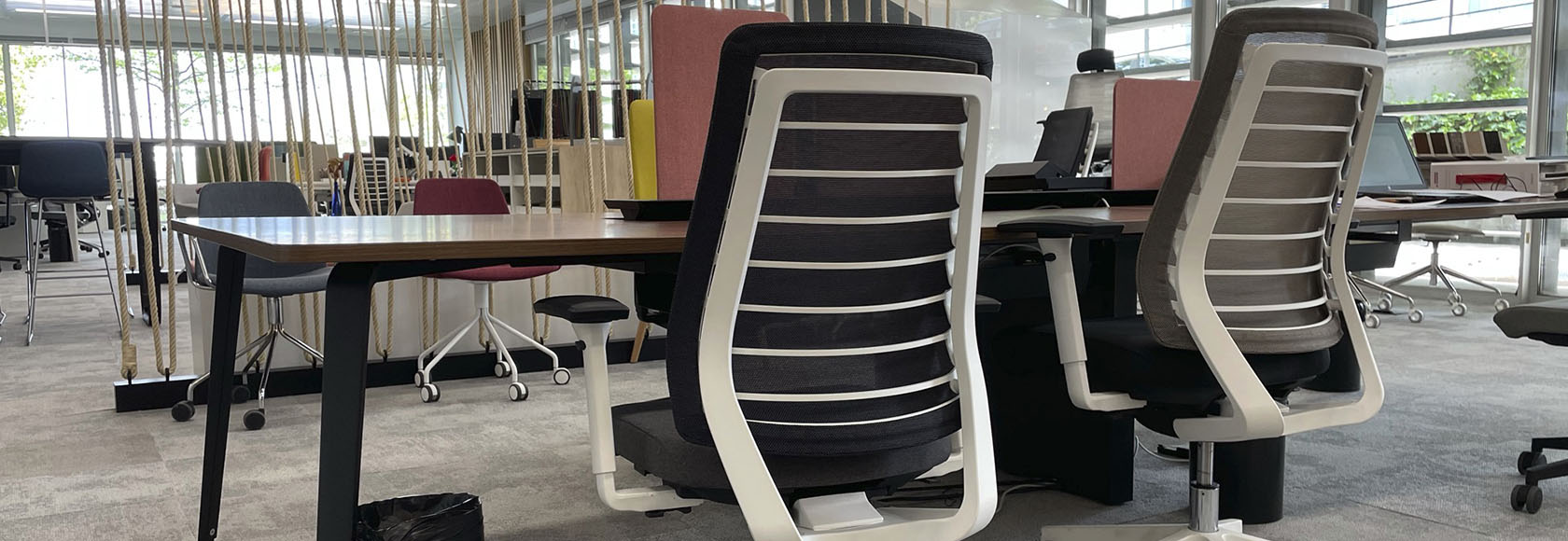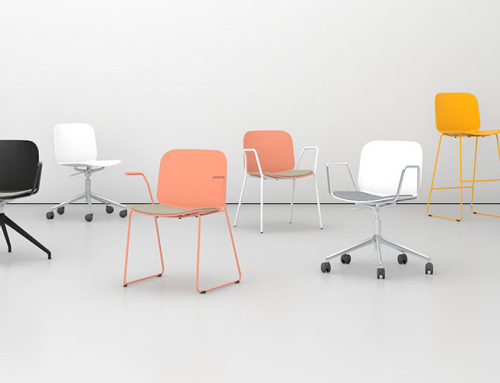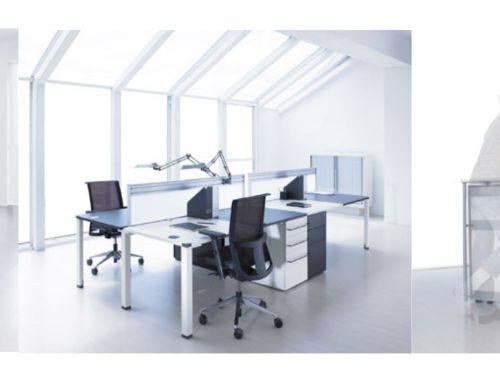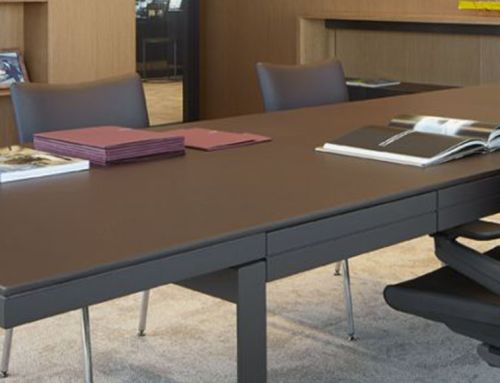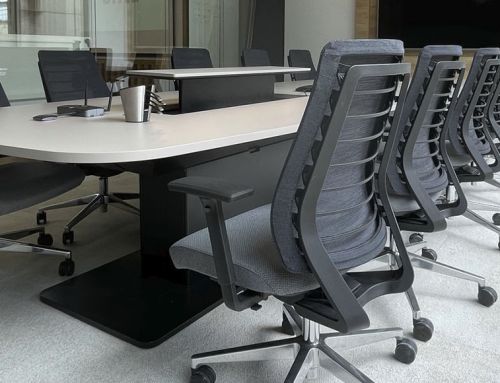There are different types of office chairs depending on their uses or characteristics. Not all chairs are the same and not all of them serve the same purpose.
If you’re thinking of buying one, you may be wondering which one is right for you.
Although “other families” can be included, such as stools or armchairs and easy chairs, for example, we can talk about three types of office chairs: Operational chairs, Executive chairs and Confidant chairs.
The so-called “confidant” chairs are, let’s say, courtesy chairs, i.e. for visitors or to be used at specific times in meeting rooms, for example. Although, of course, they must be comfortable, in their design, aesthetics and functionality prevail more, relaxing ergonomic or postural issues since the user does not spend much time sitting in them. Thus, for example, their backrest can be lower.
The confidant chairs are usually of the sled type or with four legs. It is understood that they are more static chairs that do not require ease of movement.
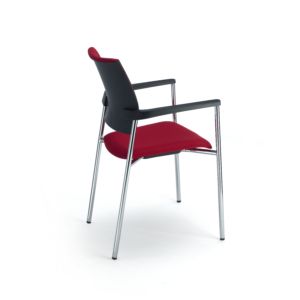 However, if you’re looking for a chair to work in throughout the working day, forget about the “confidant” chairs and opt for either of the other two types of office chairs.
However, if you’re looking for a chair to work in throughout the working day, forget about the “confidant” chairs and opt for either of the other two types of office chairs.
Types of ergonomic office chairs: Operational and managerial chairs
Operational or managerial chairs (also called executive chairs), which one do you need? What is the difference between these two types of office chairs?
Operational chairs are the chairs used in the workplace; the ones used by the majority of staff.
In the old days, the executive chair, the management chair, was a key element in the office to reflect the status of the executives in the company. In fact, they made a difference. They were larger in size (wider, with higher backrests…) and generally made of leather or very high quality finishes. Let’s say that exclusivity was more important in their design than other factors.
In recent years, this is no longer the case. Good executive chairs continue to have an exclusive touch, typical of executive styles, but ergonomics prevails in their design, as in the rest of the chairs. At least, this is the case with Ofita chairs.
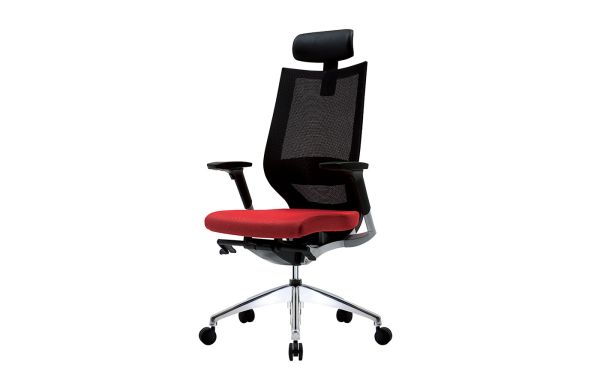
Organisations are becoming more and more horizontal and hierarchical barriers are becoming increasingly blurred, and these new cultures are also reflected in the furniture. This means that the differences between these two types of office chairs are no longer as marked as in the past. For example, as we see in this photo, many office chairs have headrests, an element that used to be more common in executive chairs.
Whatever type of office chair you choose, the important thing is always its quality, and that this quality is accredited, as it is at Ofita – your well-being and your health are at stake!
Why is it so important? Because if it is not ergonomic, an office chair is a source of problems for its users caused by incorrect posture at the workplace, as well as by excessive sedentary habits.
30% of workers complain of back pains
Most office-related ailments are caused by poor choice of the chair on which we sit for more than eight hours a day.
A study by Ofita found that 30% of workers complain of back pain (80% have experienced some episode of back pain in their lives), 17% complain of muscle pain in the arms and legs and 45% report working in painful or fatiguing postures.
In fact, back pain is one of the most frequent causes of absenteeism from work. For example, it is estimated that 16 percent of absences in the United States are caused by back discomfort.
Office chairs, choose only ergonomic and healthy models
A sedentary lifestyle is one of the most common causes of spinal problems. Disorders increase if the sitting position is usually inadequate or forced.
For this reason, at Ofita we insist on the importance of both sitting correctly in the office and choosing a good model among the different types of office chairs.
First of all, it is necessary to replace static postures with active sitting. To do this, the backrest of the chair should not be excessively rigid. It has to allow some flexibility, moving at small angles from a fixed position.
Secondly, it is very important not to remain seated in the same posture for too long at a time. Change your posture frequently!
Sit with your spine upright, as this gives it its natural open S-shape, and lean against the back of the chair. Do not slump in the seat.
Your arms should more often be turned outwards and resting on the chair (on its armrests) or on the table.
In a seated position, keep your legs slightly apart and keep both soles flat on the floor; do not cross your legs! The knees should form a right angle with the muscles; the foot should form an angle of approximately 90° with the calf. The calf should be vertical and form a 90° angle with the thigh, which should be horizontal and form a 90° angle with the trunk.
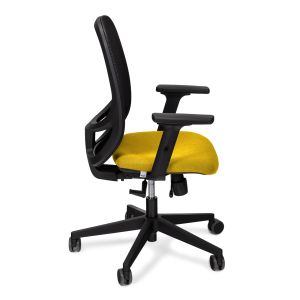
What should an office chair be like?
The first thing we must demand of an office chair is that it adapts to the physical build of its user, which will allow him or her to adopt a correct posture at all times. This is only possible if it has different adjustments: height adjustment of the seat, backrest, armrest, seat depth, etc.
Not only to people, it must also adapt perfectly to the different activities. For this reason, it is recommended that the chair incorporates systems that allow the seat/backrest movements to be synchronised.
The backrest should enable us to adopt an upright posture, supporting the entire trunk, and in particular it is especially important to support the lumbar area. On the other hand, the backrest should not be too wide at the top so that it does not restrict the mobility of the arms. It should also have a certain curvature, when viewed from the side, to adapt to the shape of the back.
In addition, the office chair should be swivel and safe. Thus, to prevent tipping, the base of the chair must have 5 spokes.
The adjustment systems must be safe to use and accessible from the sitting position, without requiring too much effort to operate them. They must not be activated unintentionally.
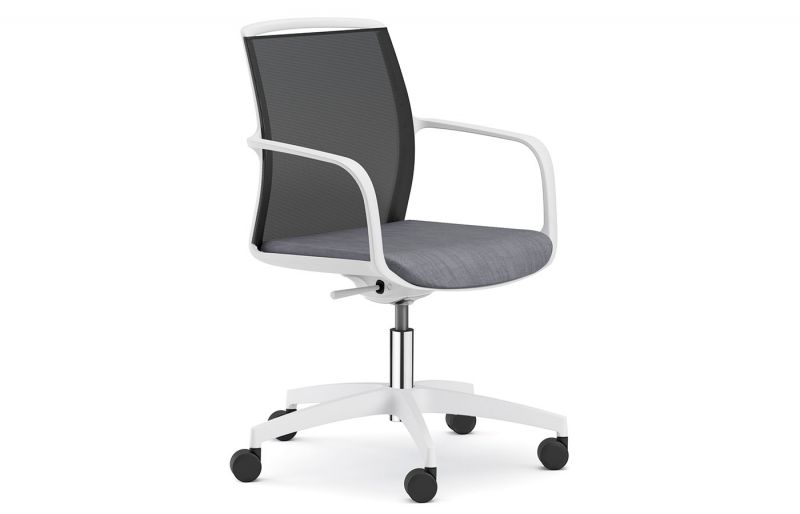
Choose a chair with armrests as they are convenient for supporting and resting the elbows and forearms. Good arm support will reduce the feeling of fatigue in the cervical area. The length of the armrests should be slightly shorter than the seat so that they do not prevent you from moving the chair closer to the table.
The front edges of the seat should have a suitable curvature so that they do not squeeze the lower leg and do not hinder blood circulation in the legs.
Finally, we recommend that the upholstery be breathable, and remember that the solidity of the chair and its components is essential.
